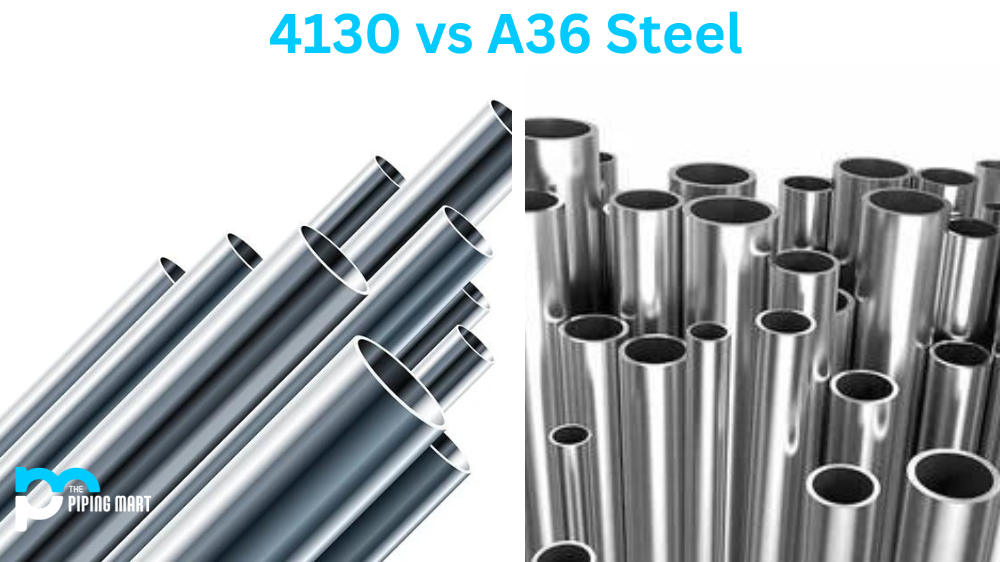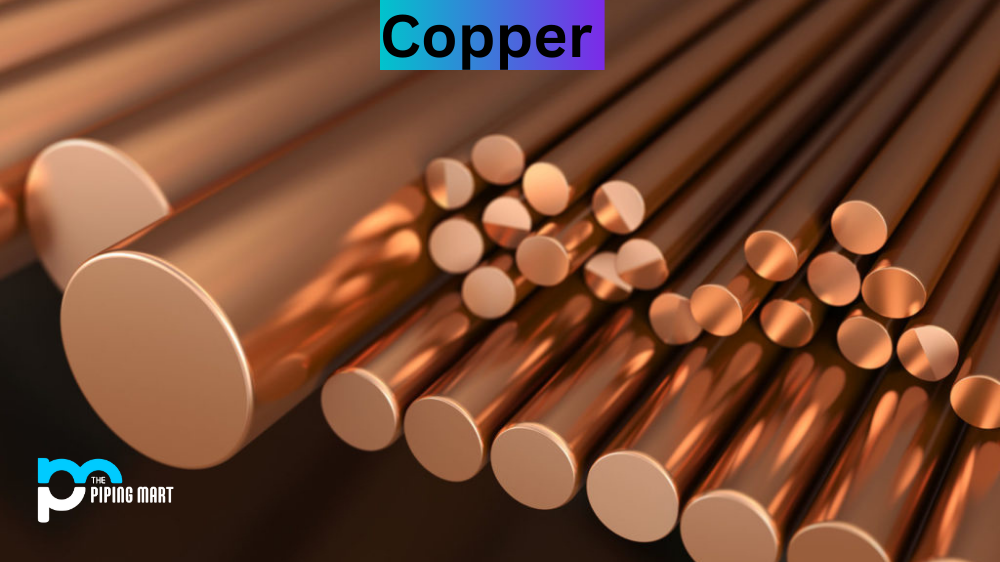Steel is one of the most widely used materials in the world, and countless industries rely on its durability, strength, and versatility. However, not all steel is created equal, and different types have varying properties and benefits. Two of the most commonly used steels are 4130 and A36, but what makes them different? This blog post explores 4130 and A36 steel’s key differences and discusses which type might be better suited for your next project.
Difference Between 4130 and A36 Steel
Composition
The primary difference between 4130 and A36 steel is their composition. 4130 steel is an alloy steel containing chromium and molybdenum, while A36 steel is a carbon steel with low carbon content. Adding chromium and molybdenum in 4130 steel increases its strength, durability, and resistance to corrosion, whereas the low carbon content of A36 steel makes it more malleable and ductile.
Physical Properties
Due to their differing compositions, 4130 and A36 steel have distinct physical properties. 4130 steel has a higher tensile strength and yield strength than A36 steel, which makes it ideal for use in high-stress applications such as aircraft components, racing car parts, and bicycle frames. However, A36 steel is more ductile and easier to weld, bend, and shape, making it a common choice for structural applications such as bridges, buildings, and pipelines.
Heat Treatment
Heat treatment is a crucial aspect of steel manufacturing and can significantly impact the properties and performance of a steel product. 4130 steel can be heat-treated to increase its hardness, but doing so can also make it brittle and more prone to cracking. A36 steel, on the other hand, is not typically heat-treated, but it can be quenched and tempered for improved durability and strength.
Cost
Cost is another essential factor when choosing between 4130 and A36 steel. 4130 steel is a premium alloy material that is more expensive than A36 steel, especially for fabricated parts and components. Although A36 steel is cheaper, its physical properties may not be suitable for certain applications and can result in higher maintenance and repair costs over time.
Other Differences
- A36 is a low-carbon steel that is commonly used in structural applications.
- 4130 is a chromium-molybdenum alloy steel that is commonly used in aircraft applications.
- A36 has a lower carbon content than 4130, which gives it better weldability.
- 4130 has a higher chromium content than A36, which gives it better corrosion resistance.
- A36 has a lower melting point than 4130, which makes it easier to weld.
- 4130 has a higher strength-to-weight ratio than A36, making it ideal for aircraft applications.
- A36 is more ductile than 4130, which makes it easier to form into shapes.
- 4130 is more difficult to machine than A36 due to its higher chromium content.
Conclusion
In summary, the decision to use 4130 or A36 steel ultimately depends on the application and requirements of your project. 4130 steel is an ideal option for high-stress, high-performance applications, whereas A36 steel is more commonly used for structural applications that require flexibility and ductility. Understanding the differences between these two types of steel can help you make an informed choice and ensure that your project is built to meet its specific needs.

Hey, I’m Krutik, a casual blogger expert in the metal industry. I am passionate about providing valuable information to my readers. With a background in engineering and construction, I like playing Cricket & watching Netflix shows in my free time. Thank you for visiting my blog, and I hope you find my information helpful!




